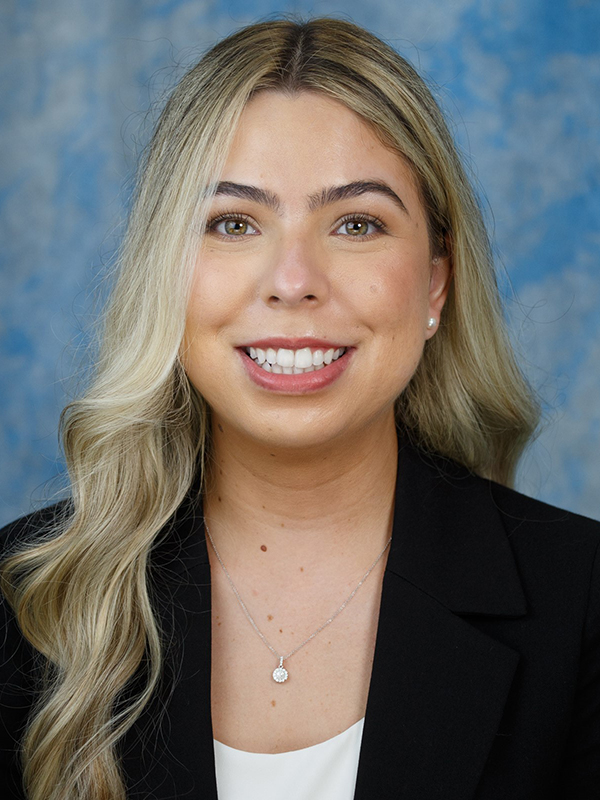 Nathalie Correa, Ph.D., joined the UAB Department of Radiology as an assistant professor in the Division of Physics and Engineering in August 2025.
Nathalie Correa, Ph.D., joined the UAB Department of Radiology as an assistant professor in the Division of Physics and Engineering in August 2025.
Correa completed both her undergraduate and graduate studies at the University of Florida. She earned a Bachelor of Science in Nuclear and Radiological Engineering followed by a Master of Science and Doctor of Philosophy in Medical Physics.
Correa shares more about her background and her goals for this new role.
Can you share your professional background and experiences prior to joining our institution?
Correa: Prior to joining UAB, I completed a residency in Diagnostic Medical Physics at UTHealth Houston McGovern Medical School. During my clinical training, I gained competency across all imaging modalities and obtained experience in Nuclear Medicine. I participated in a radiographic image quality improvement project that involved comparing image quality across multiple systems. Additionally, I assessed radiation dose in pediatric patients with adolescent idiopathic scoliosis undergoing intraoperative computed tomography (CT) imaging.
I had several opportunities to engage in research throughout my graduate studies, with a primary focus in Dual-Energy Computed Tomography (DECT). My research involved comparing radiation dose between conventional CT and DECT scanners. In addition to working with CT, I also gained experience with other imaging modalities, including fluoroscopy.
What inspired you to pursue a career in this field?
Correa: From a young age, I was drawn to the medical field and knew I wanted a career that contributed to patient care. I also had a strong interest in physics, which I enjoyed throughout my education. During college, I found out about medical physics, a mix between physics and medicine, and decided to pursue it as my career path.
What aspects of your new role here are you most excited about?
Correa: I am looking forward to working with a diverse group of colleagues and collaborate on clinical projects that contribute to patient care. As well as helping in safely improving quality imaging for the clinic and continuing to learn how I can best support clinical needs. I am also enthusiastic about the opportunity to teach and mentor, which I see as an important and rewarding part of my role.
What is your primary area of expertise within your field, and what sparked your passion for it?
Correa: My primary area of expertise is in CT. I’ve been involved in CT-related research since my undergraduate studies, with one of the earliest projects centered on this modality. My mentors at the University of Florida were CT-focused, which greatly influenced my interest and development in the field. I was particularly interested in radiation dosimetry and its role in optimizing patient care and image quality, which has continued to motivate my academic and clinical pursuits.
What are your goals for making an impact through both your teaching and patient care in this role?
Correa: My goal is to support patient care by ensuring that safety protocols are consistently upheld and by contributing to the continuous optimization of imaging techniques. This helps ensure that we acquire high quality diagnostic images in the safest way possible. I also aim to advance research that integrates emerging technologies into clinical practice. Through teaching, I hope to mentor future professionals and promote a deeper understanding of the importance of safety, quality, and innovation in medical imaging.
Anything else you’d like to add?
Correa: I am grateful for the opportunity to join this wonderful team at UAB. I am looking forward to contributing and learning as much as possible. Growing both professionally and personally in my career as a medical physicist.